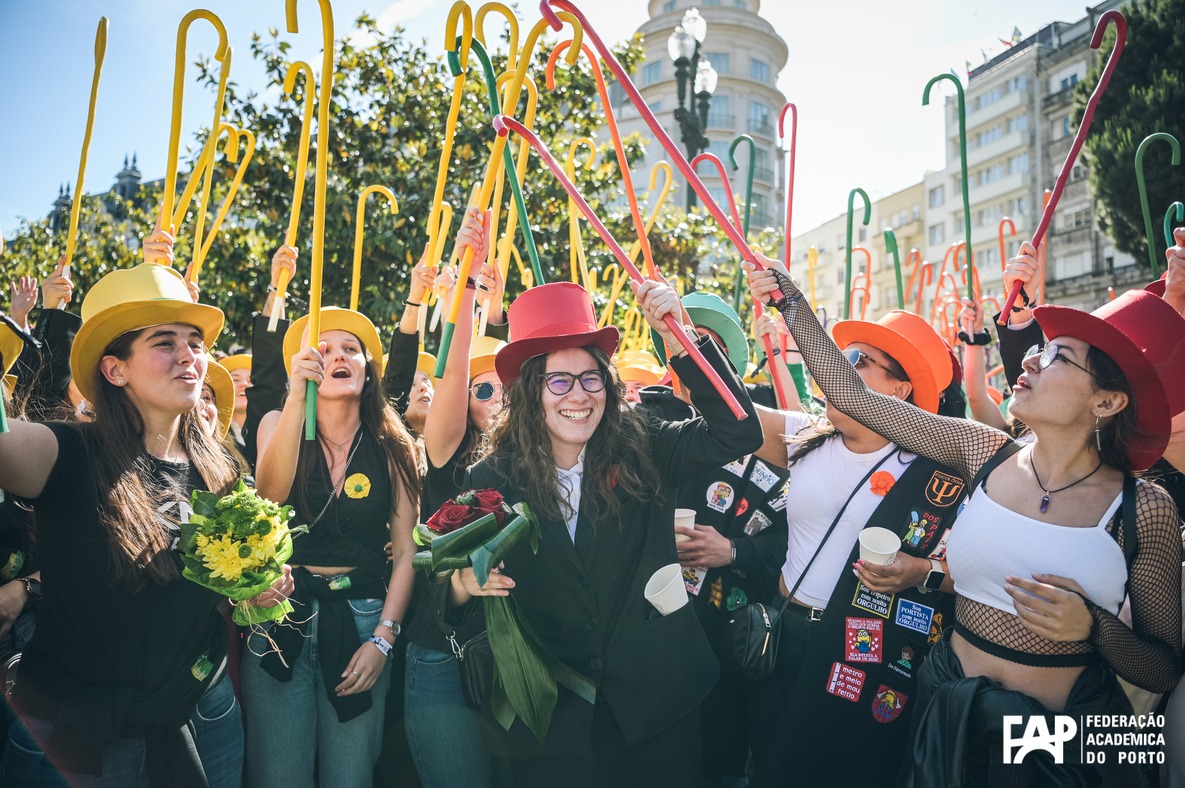South Africa is renowned for its dramatic landscapes, diverse cultures, KwaZulu-Natal and unforgettable wildlife. But few places embody the country’s spirit quite like KwaZulu-Natal (KZN). This coastal province is a vibrant blend of Zulu heritage, Indian influence, wild nature, and modern cities, offering travelers a rich tapestry of experiences. Whether you’re seeking safari thrills, beachside bliss, or cultural encounters, KwaZulu-Natal delivers in spades.
1. Durban: The Gateway to KwaZulu-Natal
Durban is KZN’s largest city and one of South Africa’s most popular coastal destinations. Known for its Golden Mile, a stretch of sun-drenched beaches and buzzing boardwalks, Durban offers something for everyone.
Take a swim in the warm Indian Ocean, stroll through the uShaka Marine World, or dive into the city’s culinary scene, especially its famous Bunny Chow. Durban is also a great place to explore Zulu culture, visit bustling markets, and enjoy a laid-back, multicultural vibe.
2. Drakensberg Mountains: A Hiker’s Paradise
Towering over the province, the uKhahlamba-Drakensberg Park (a UNESCO World Heritage Site) is a magnet for hikers and nature lovers. With peaks reaching over 3,000 meters, this mountain range offers breathtaking views, cascading waterfalls, and hundreds of San rock art sites—some over 3,000 years old.
Popular hiking areas include Cathedral Peak, Amphitheatre, and Giants Castle, all with trails ranging from beginner to advanced. Whether you’re up for a short stroll or a multi-day trek, the Drakensberg will leave you awe-inspired.
3. Hluhluwe-iMfolozi Park: A Safari Without the Crowds
For a more intimate safari experience than Kruger, head to Hluhluwe-iMfolozi Park, Africa’s oldest proclaimed game reserve. It’s one of the few places where you can see the Big Five—lion, leopard, elephant, rhino, and buffalo—in one park.
The reserve is also known for its critical role in rhino conservation. Self-drives and guided safaris are available, and its lush hills make the landscapes just as captivating as the animals.
4. iSimangaliso Wetland Park: A Biodiversity Wonderland
Another UNESCO World Heritage Site, iSimangaliso Wetland Park is an ecological wonder. Covering a vast stretch of coastline, the park includes coral reefs, lakes, estuaries, savannahs, and coastal dunes—hosting more than 500 bird species and a huge variety of marine and land animals.
St. Lucia is the park’s gateway town and is famous for hippos walking the streets at night. Don’t miss a boat cruise through the estuary or a day at Cape Vidal, where you can snorkel and relax on pristine beaches.
5. Midlands Meander: Arts, Crafts, and Countryside
Inland from Durban lies the charming Midlands Meander, a scenic route known for its rolling hills, farm stalls, and artisanal shops. It’s a perfect getaway for those who love art, food, and slow travel.
Browse local ceramics, enjoy wine tasting at boutique vineyards, or cozy up in a country lodge with a fireplace and views of the Drakensberg foothills. It’s also an excellent stopover en route to the mountains or safari parks.
6. Valley of a Thousand Hills: Zulu Culture Meets Nature
Just 45 minutes from Durban, this breathtaking valley offers sweeping views and rich Zulu heritage. The Valley of a Thousand Hills is named for its rolling, green terrain and is home to traditional villages where you can experience Zulu dancing, food, and customs firsthand.
Don’t miss a visit to Phezulu Safari Park, where you can take part in cultural shows, visit a reptile park, or go on a guided game drive. It’s the ideal place to learn about Zulu traditions in a scenic setting.
7. Sodwana Bay: Scuba Diving in Paradise
KwaZulu-Natal isn’t just about wildlife and mountains—it’s also a top destination for marine adventures. Sodwana Bay, part of the iSimangaliso Wetland Park, is one of Africa’s best scuba diving spots.
With colorful coral reefs, whale sharks, manta rays, and turtles, the underwater world here is vibrant and teeming with life. Even if you’re not a diver, snorkeling and deep-sea fishing are great alternatives. The area also offers camping and rustic lodges right by the beach.
8. Shakaland: Step Into a Zulu Homestead
For a truly immersive cultural experience, visit Shakaland, a living museum and cultural village near Eshowe. It was originally built as a film set for the 1986 TV series *Shaka Zulu* and now operates as a Zulu cultural center and hotel.
Guests can take part in traditional beer-making, learn about tribal customs, witness spear-making, and watch energetic Zulu dances. Staying overnight here gives you a deeper appreciation of South Africa’s indigenous cultures.
9. Oribi Gorge: Adventure Awaits
Adrenaline seekers should make a beeline for Oribi Gorge, a deep canyon located along the south coast. The area offers a host of high-energy activities like zip-lining, abseiling, white-water rafting, and even the Wild Gorge Swing—one of the world’s highest.
But you don’t need to be a thrill-seeker to enjoy Oribi Gorge. There are plenty of hiking trails, picnic spots, and wildlife viewing opportunities in the reserve. It’s nature’s playground, with options for every kind of traveler.
10. Battlefields Route: Walk Through South Africa’s History
History buffs will appreciate KZN’s Battlefields Route, where dozens of historic battles between the British, Zulus, and Boers unfolded during the 19th century. Visit sites like Isandlwana, Rorke’s Drift, and Blood River to gain insight into South Africa’s colonial past and its lasting impact.
Many of these sites offer guided tours by passionate local historians who bring the stories to life with rich detail and emotion. It’s a deeply moving journey that adds depth to any trip through the province.
Conclusion: KwaZulu-Natal Is South Africa’s Hidden Gem
KwaZulu-Natal is a destination that combines the raw beauty of nature, deep cultural roots, and thrilling adventures in one incredible package. From sun-soaked beaches to misty mountains, and from bustling cities to quiet villages, this province has something to offer every traveler.
Whether you want to relax, explore, connect, or learn, KZN invites you to discover its many layers—and it’s almost certain that you’ll leave with a camera full of memories and a heart full of wonder.
FAQs
1. What is the best time to visit KwaZulu-Natal?
The province is a year-round destination. For safaris and hiking, the dry winter months (May to September) are ideal. For beach holidays, summer (October to March) offers warm temperatures and lively coastal towns.
2. Is KwaZulu-Natal safe for tourists?
Yes, especially in well-known areas and attractions. Like any destination, it’s important to follow local advice, avoid walking alone at night in unfamiliar areas, and keep valuables secure.
3. Do I need a 4×4 to explore KwaZulu-Natal?
Not necessarily. Most major attractions and routes are accessible with a regular vehicle. However, some more remote game parks or mountain lodges may require a 4×4, especially in the rainy season.
4. Can I self-drive in the national parks?
Yes, parks like Hluhluwe-iMfolozi allow self-drives, and they’re well-marked and maintained. Alternatively, guided game drives are available for a more in-depth experience.
5. Are there malaria risks in KwaZulu-Natal?
Most of KwaZulu-Natal is malaria-free, especially in the south and central areas. However, if you’re traveling to the far north (near Mozambique), it’s wise to consult a travel clinic for advice on prevention.









